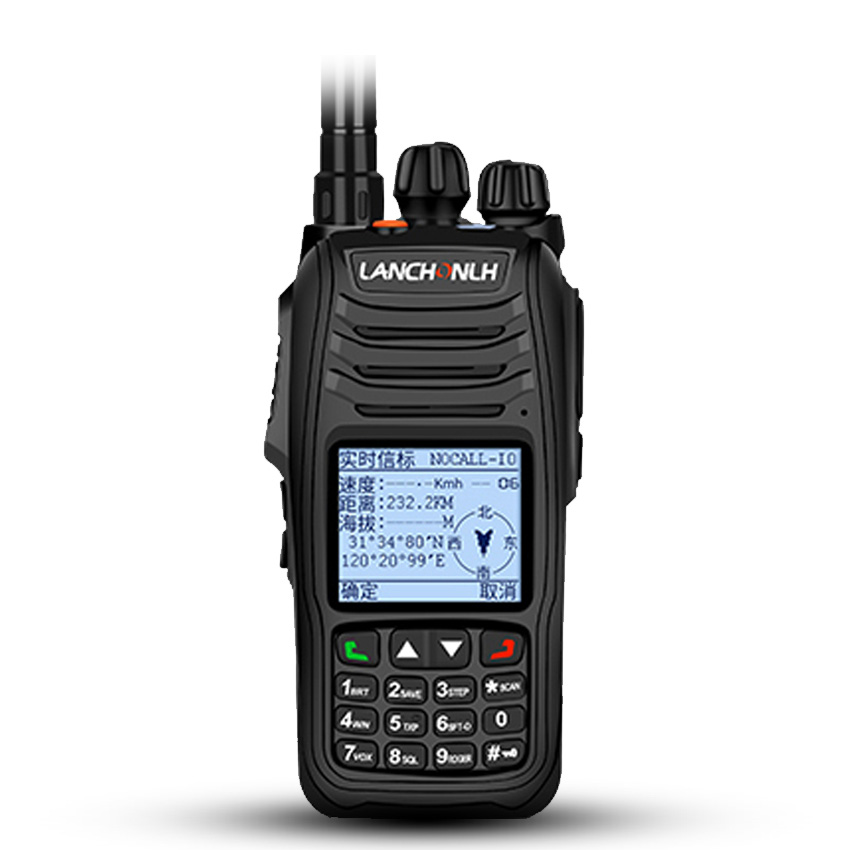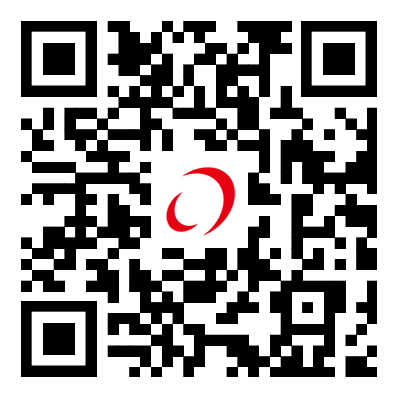
- English
- Español
- Português
- русский
- Français
- 日本語
- Deutsch
- tiếng Việt
- Italiano
- Nederlands
- ภาษาไทย
- Polski
- 한국어
- Svenska
- magyar
- Malay
- বাংলা ভাষার
- Dansk
- Suomi
- हिन्दी
- Pilipino
- Türkçe
- Gaeilge
- العربية
- Indonesia
- Norsk
- تمل
- český
- ελληνικά
- український
- Javanese
- فارسی
- தமிழ்
- తెలుగు
- नेपाली
- Burmese
- български
- ລາວ
- Latine
- Қазақша
- Euskal
- Azərbaycan
- Slovenský jazyk
- Македонски
- Lietuvos
- Eesti Keel
- Română
- Slovenski
- मराठी
- Srpski језик
What Frequency is PDT/DMR Digital Walkie Talkie?
2024-07-16
In the world of wireless communication, technology has advanced significantly, transforming traditional analog walkie-talkies into sophisticated digital devices capable of transmitting clearer audio, offering enhanced security, and utilizing more efficient frequencies. Among these advancements, PDT (Private Digital Trunking) and DMR (Digital Mobile Radio) have emerged as popular choices for personal radio services, offering users a step up from the more conventional Family Radio Service (FRS) and Citizens Band (CB) radios.
PDT/DMR Digital Walkie Talkie: The Future of Personal Radio Communication
PDT and DMR digital walkie-talkies represent a significant leap forward in the realm of portable communication devices. These radios operate on different frequencies than FRS and CB radios, utilizing the UHF (Ultra-High Frequency) band but with a focus on digital transmission, which brings numerous benefits.
PDT Frequencies
While PDT, as a technology, does not specifically designate a fixed set of frequencies, it operates within the framework of digital trunking systems. Trunking systems, including those using PDT technology, dynamically allocate channels among users to optimize bandwidth usage and minimize interference. These systems can operate across a wide range of frequencies, including those in the UHF band, but their exact frequencies can vary depending on regional regulations and network configurations.
DMR Frequencies
On the other hand, DMR digital walkie-talkies typically operate on licensed and unlicensed frequencies within the UHF band. Commonly used frequencies for DMR include those in the 430-470 MHz range, although specific frequencies can vary depending on local regulations and the intended use of the radio. DMR radios are designed to work efficiently in this frequency range, offering clear digital audio and advanced features like encryption, group calls, and text messaging.
Advantages of PDT/DMR Digital Walkie Talkies
Improved Audio Quality: Digital transmission eliminates the static and distortion often encountered with analog radios, resulting in clearer and more reliable communication.
Greater Range and Penetration: The use of digital technology allows PDT/DMR radios to communicate over longer distances and through obstacles with greater ease.
Enhanced Security: Digital encryption features protect communications from unauthorized listening, making PDT/DMR radios ideal for sensitive conversations.
Efficient Frequency Utilization: Trunking systems, like PDT, and the channel sharing capabilities of DMR radios maximize frequency efficiency, reducing the likelihood of interference.
Advanced Features: PDT/DMR radios often come equipped with additional features such as GPS tracking, text messaging, and group calls, enhancing their versatility and usefulness.
Conclusion
When it comes to personal radio communication, PDT/DMR digital walkie-talkies represent the cutting edge of technology. While their exact frequencies may vary depending on regional regulations and system configurations, their use of digital transmission within the UHF band offers numerous advantages over traditional analog radios, including improved audio quality, greater range, enhanced security, and advanced features. Whether you're an outdoor enthusiast, a member of a community organization, or simply looking for a reliable means of communication, PDT/DMR digital walkie-talkies are worth considering for your next communication needs.




